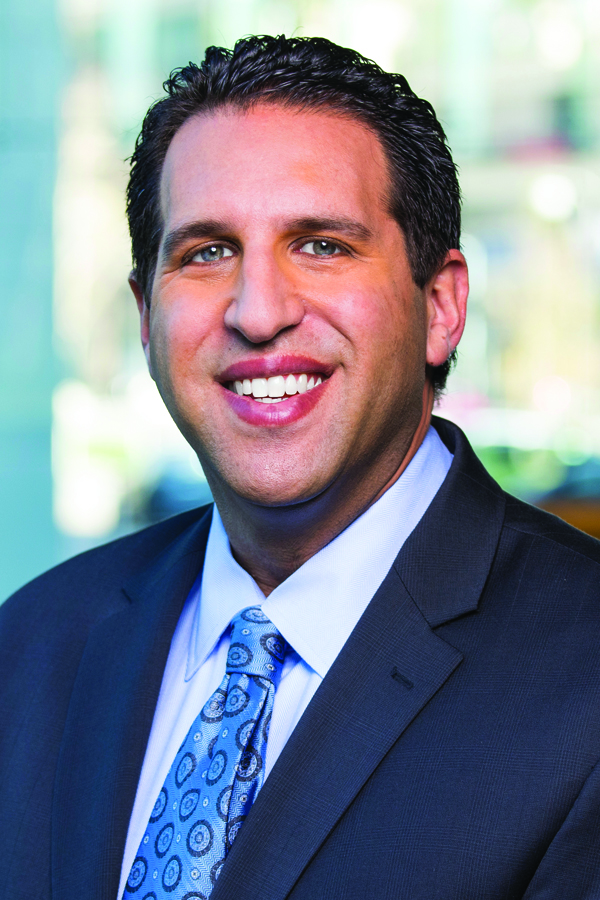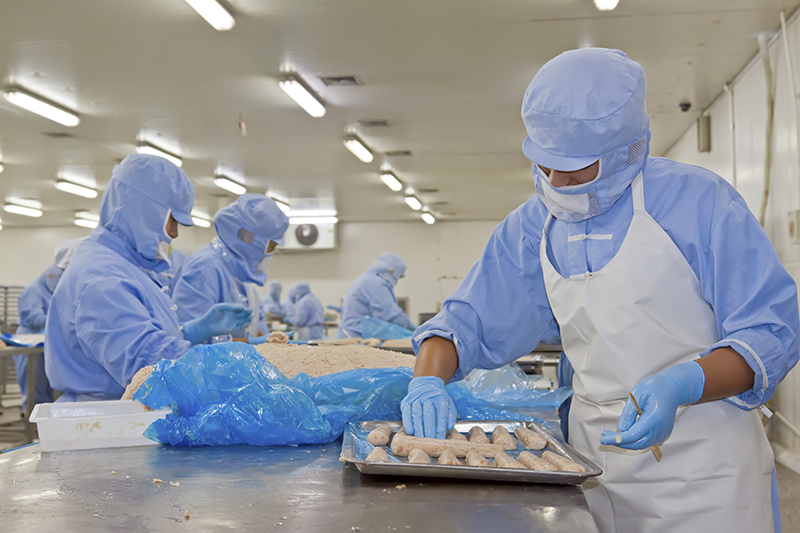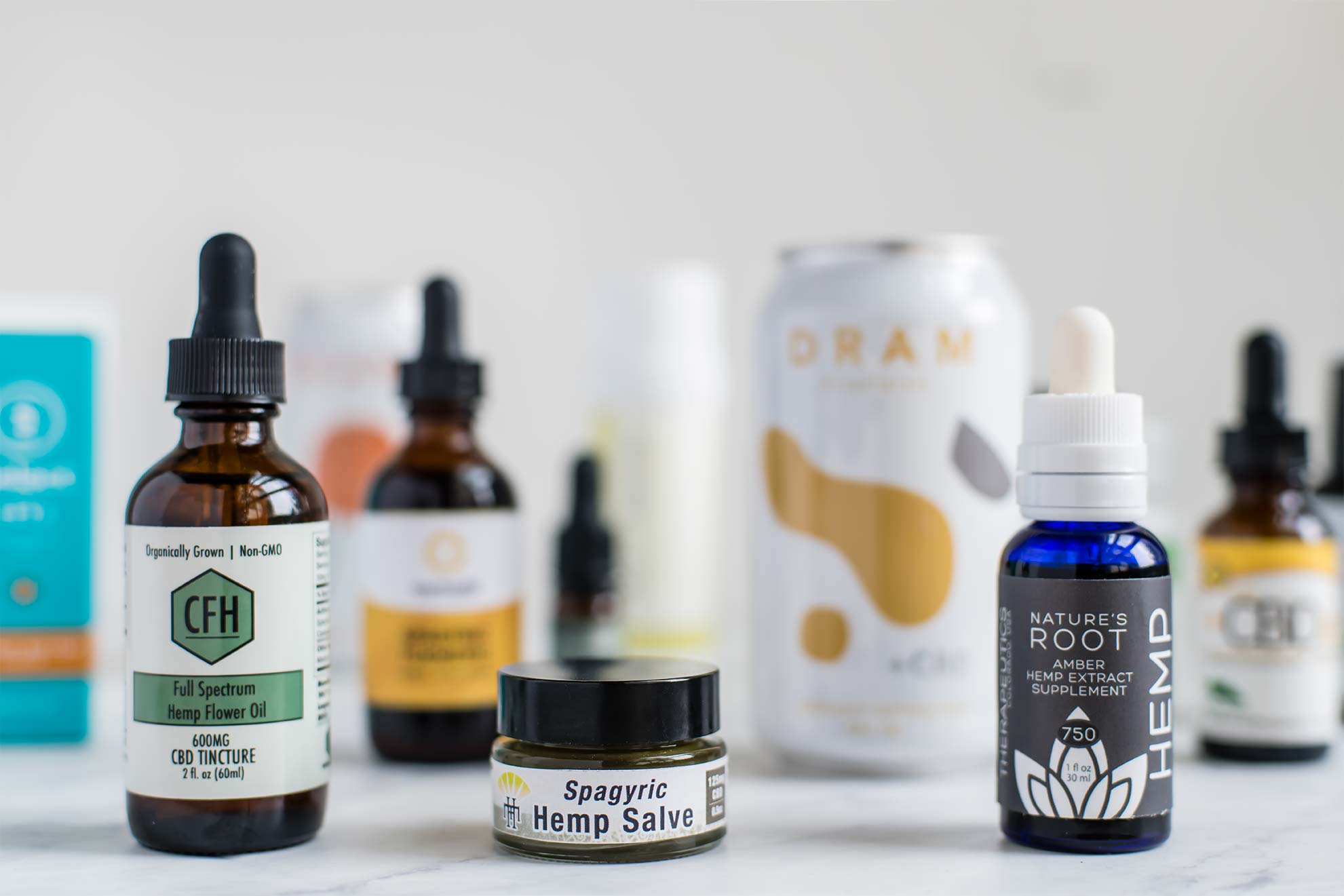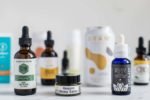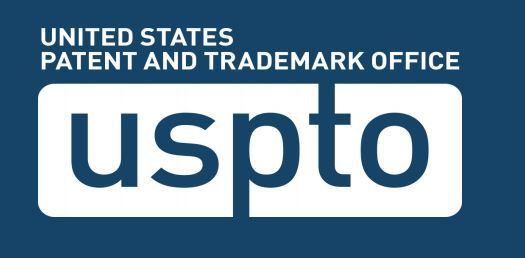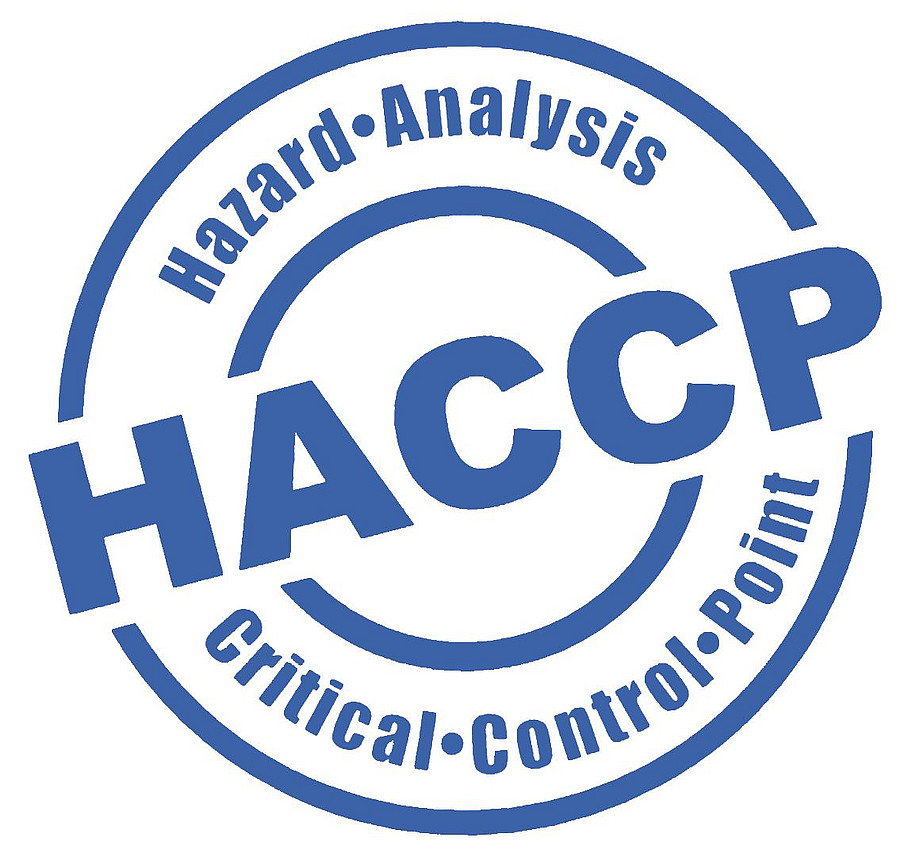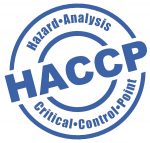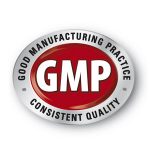CBD-infused coffee? CBD-infused chewing gum? Many think cannabis and its derivatives are the next big wellness craze that will make the demand for flax, fish oil and turmeric combined seem meager. The food and drink industries are cautiously exploring the cannabis market, trying to determine the optimal timing to introduce their own product lines.

The cannabis plant produces chemicals known as cannabinoids, one of which is cannabidiol, or CBD.When the Agriculture Improvement Act of 2018 (also known as the Farm Bill) passed, the food and drink industries jumped into the hemp-derived CBD world with both feet because the Farm Bill lifted the federal ban on hemp production, which previously classified hemp as a controlled substance akin to heroin. Lifting the ban led to an explosion in the number of CBD products hitting the market around the country. However, repeated and recent actions by the U.S. Food and Drug Administration (FDA) provide clear warning signs that the legal pitfalls surrounding CBD in food and drinks are not yet resolved.
CBD is marketed as a featured ingredient for a wide variety of products ranging from pain relievers, to protein bars beverages and supplements. Both CVS and Walgreens have announced plans to carry CBD products in their stores. However, despite the money pouring into CBD products, federal agencies are not relinquishing their controls.
 In the Farm Bill, the FDA retained authority to regulate products containing cannabis or derivative products. The FDA has regulatory authority over foods (including dietary supplements and food additives), drugs (prescription and non-prescription), cosmetics, veterinary products and tobacco products, among other categories. Therefore, vendors of virtually all products containing CBD are regulated by the FDA.
In the Farm Bill, the FDA retained authority to regulate products containing cannabis or derivative products. The FDA has regulatory authority over foods (including dietary supplements and food additives), drugs (prescription and non-prescription), cosmetics, veterinary products and tobacco products, among other categories. Therefore, vendors of virtually all products containing CBD are regulated by the FDA.
It is important to note that the FDA does not view CBD derived from hemp differently than any other CBD despite the fact that it is non-psychoactive. CBD is an active ingredient in at least one FDA-approved prescription drug—Epidiolex. Therefore, under the logic of the Federal Food, Drug & Cosmetic Act (FDCA), CBD is a drug. If a substance has been “approved” by the FDA as an active ingredient in a drug product, it is per se excluded from being defined as a “dietary supplement” under sections 201(ff)(3)(B)(i) and (ii) of the FDCA and it cannot be included as an ingredient in food.
It is highly unusual that CBD has been able to proliferate in the marketplace given the FDA’s technical legal position on it. FDA regulations on drugs are much more stringent than for food or dietary supplements. Generally, the FDA’s position on CBD in food and beverages is that it is unlawful to engage in interstate commerce with products containing CBD. The given reason is that the Federal Food, Drug, and Cosmetic Act prohibits the introduction of a food product into interstate commerce that contains an active ingredient in an approved drug. While arguments against this position exist, they have not carried the day, yet.
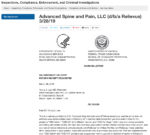
In March 2019, FDA Commissioner Scott Gottlieb announced he would be resigning on April 5, 2019, but he sent clear warning signals to the CBD industry prior to his departure. In early April, the FDA cracked down on websites making “unfounded, egregious” claims about their CBD infused products. The FDA sent warning letters to three companies who made claims about their CBD products including that their CBD products stop cancer cell growth, slow Alzheimer’s progression, and treat heroin withdrawal symptoms. Commissioner Gottlieb issued a statement that he believed that these were egregious, over-the-line claims and deceptive marketing that the FDA would not tolerate.
The FDA also announced in early April that it will hold a public hearing on May 31, 2019, to obtain scientific data and information related to safety concerns, marketing and labeling cannabis and cannabis-derived compounds including CBD. The FDA expressed interest in hearing whether drug companies would still be motivated to develop drugs with CBD and other compounds if their use in food and beverages became more widespread. The FDA also announced plans for an internal working group to review potential pathways for legal marketing of CBD foods and dietary supplements. Of particular concern to the FDA is online retail products available nationwide such as oil drops, capsules, teas, topical lotions and creams.
Still, some states are trying to take matters into their own hands. For example, the California State Assembly recently passed bill A.B. 228 that permits the inclusion of CBD in food and beverages. Colorado has already passed a similar bill. Other states such as Ohio and cities such as New York City have gone the other way, prohibiting CBD from being added to food or beverages.
The May 31 FDA hearing is an opportunity for interested parties to give feedback and help focus where the FDA should be creating clear industry standards and guidance. In the meantime, the industry should continue to expect warning letters from the FDA as well as possible state-level scrutiny. Companies would be wise to proactively review their labels and promotional practices in order to mitigate the risk of forthcoming actions and engage in the FDA’s provided avenues for industry input. Companies must also look to the laws of the states and even to the counties where they are selling their products.

